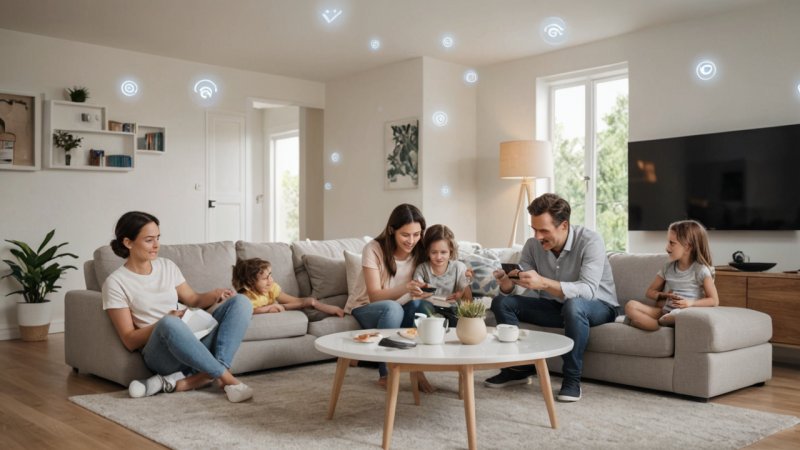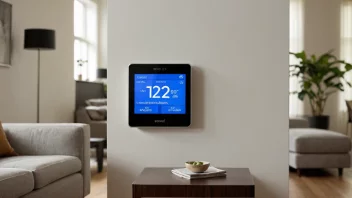Smart home technology offers unparalleled convenience, but it also opens doors for potential security threats. To protect your smart home from hackers, it’s vital to take proactive measures. Here’s a guide to fortify your smart home and enjoy the benefits without compromising your security.
1. **Update Device Passwords**: Most smart devices come with default usernames and passwords that are easy for hackers to guess. Upon installation, change these defaults to strong passwords that include a mix of uppercase and lowercase letters, numbers, and symbols. A unique password for each device is essential to minimize risk.
2. **Keep Software Updated**: Device manufacturers frequently release updates to address security vulnerabilities. Make it a habit to check for software updates regularly or enable automatic updates if possible. Keeping your devices updated ensures they are equipped with the latest security patches to fend off hackers.
3. **Enable Two-Factor Authentication**: When available, two-factor authentication (2FA) adds an extra layer of security to your smart home devices. This requires not only a password but also a second verification method, such as a code sent to your phone. Even if a hacker manages to obtain your password, they will be unable to access your device without the second factor.
4. **Secure Your Wi-Fi Network**: The first line of defense for your smart home is your Wi-Fi network. Ensure it is secured with WPA3 encryption and a strong password. Regularly change your Wi-Fi password and consider using a separate network for your smart devices. This isolates them from other connected devices, reducing the chances of unauthorized access.
5. **Turn Off Unused Features**: Many devices come with features that may not be necessary for your use. For example, disabling remote access or voice control can limit the number of potential entry points for hackers. Review your device settings periodically and turn off any features you don’t use to tighten security.
6. **Monitor Device Activity**: Many smart devices have user activity logs that can help you monitor access. Regularly check these logs for unauthorized access or unusual behavior. If you notice anything suspicious, act quickly by changing your passwords and investigating further.
7. **Invest in a VPN**: A Virtual Private Network (VPN) can help secure your online activities by encrypting your internet traffic. By routing your connection through a VPN, you can add an additional layer of security to your smart home network, making it harder for hackers to intercept your data.
8. **Stay Informed about Cybersecurity**: Knowledge is power when it comes to cybersecurity. Stay updated on the latest threats and best practices for securing your smart home. Follow tech news and cybersecurity blogs to learn about new vulnerabilities and how to address them.
Implementing these security measures will significantly reduce the risk of your smart home becoming a target for hackers. A secure smart home not only protects your devices but also safeguards your personal information. By taking these steps, you can enjoy the convenience of a smart home with confidence.
Protect Your Smart Home: Essential Security Tips
Protect your smart home from potential security threats with these essential tips.






